October Newsletter 2013
My Summer of Tennis
I got older, but did I any get wiser?
As we roll past the hot summer months into the glorious Fall of grape picking and cooler days, I ask myself, how did I and what did I do to improve my tennis game these summer months?
Since most of us have partners when we step on the court, take a look at the following strategies that we all should have worked on to develop a better all-round doubles game.
- Did I improve my split-step (or do I even have one)? This move is one of the most basic moves in tennis and one of the most overlooked. Very few players split-step, never mind doing it well. A short hop just before your opponent strikes the ball will help you get in balance; helps develop better anticipation, and a quicker first step to the ball. This is essential in the fast paced world of doubles.
- Did I Play the Net More? While many club doubles is played with the “one-up/one-back” formation, to be a great doubles team, you have to learn to play the net as a team. It’s the easiest way to control the point (teams that hit the first volley typically win 70% of those points) and a lot more fun!
- Was I More Active? Your job as a net person is to get inside the opponent’s heads, typically by faking and poaching. No one wants to be embarrassed by being passed down the alley, but for every alley winner that gets by you, you’ll win a lot more points by poaching and forcing errors. Lose a point now and again, but win the match by being active.
- Did Improve My Serve? In doubles, a great serve will keep your opponents off-balance and set up your partner for offensive volleys. Great doesn’t necessarily mean powerful. Accuracy and consistency are the most important aspects of a doubles serve.
- Did I Improve Your Return of Serve? Typically you won’t win points outright returning a serve. Attempting to will lead to a lot of errors and give your opponents an easy “hold”. You must make your opponents play the ball. Develop a slice return to keep the ball low and develop a “chip lob” over the head of the server’s partner to keep them off balance. Developing a plan for your return before you swing will typically enable you to get the ball back more consistently and back to the area of the court where you wanted it to land.
- Did I Remember to Practice/Hit the Three Winners? In higher level doubles, you’ll win most of your points with three shots: down the middle, at the feet and over the head. Pounding your opponents with these high percentage shots enables you to control the points and the match more effectively.
Remember good doubles is a game of coordinated movements and positioning, but develop these individual skills and strategies and they’ll go a long way towards increasing your match winning percentage.
See Ya’ on the Courts - Gary
Dinner and Doubles
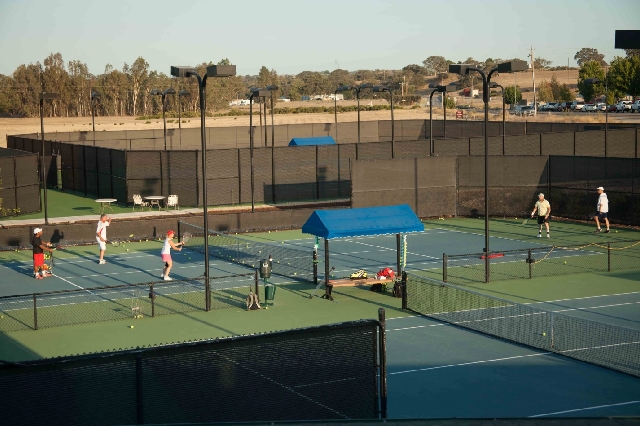
October 24th Warm-Up at 5-5:30, Play 5:30-7:30, Dinner Starts at 7:30
Bring your bowl and we will feed your soul with a variety of soups and garlic bread.
The Forehand: Shifting from the Back Leg to the Front
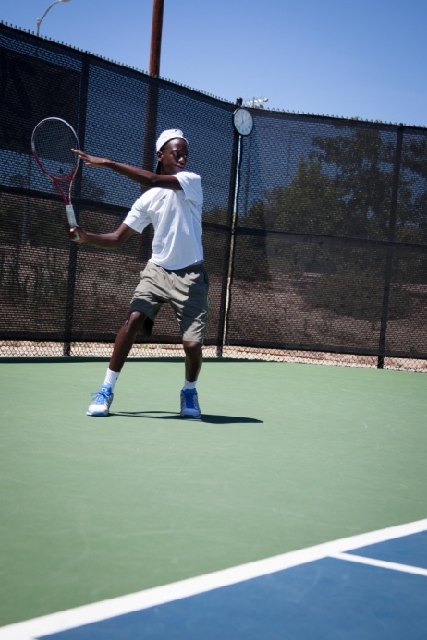 | 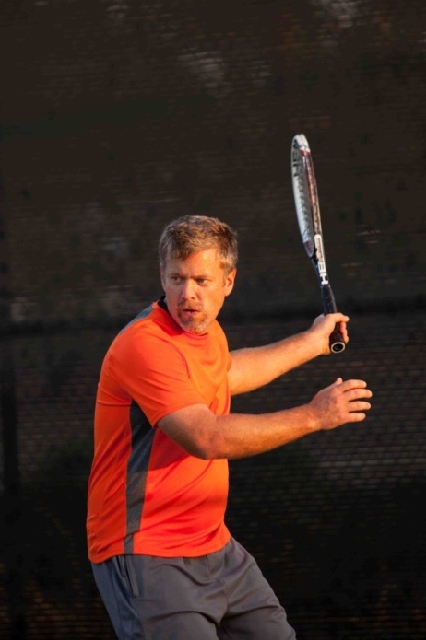 | 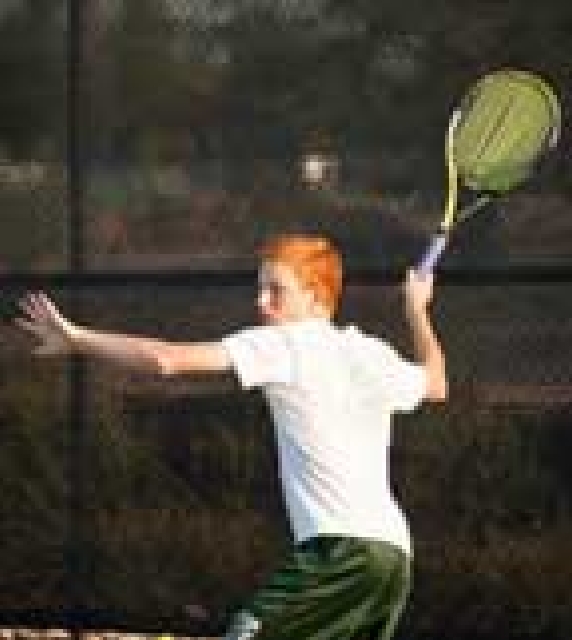 |
| JARRED IS LOADED BACK | JOHN IS LEANING FORWARD | MICHAEL IS SET UP |
Just about all great forehands will gather a lot of weight on the back leg and sit on it until it is time to swing at the ball, and gradually continue to release all weight into the front leg and into the ball. This provides pure power; that power can be used to spin the ball or to drive through the ball or to gain depth into the court. It is very important to go at the ball with your body behind it.
Fall Fitness Challenge
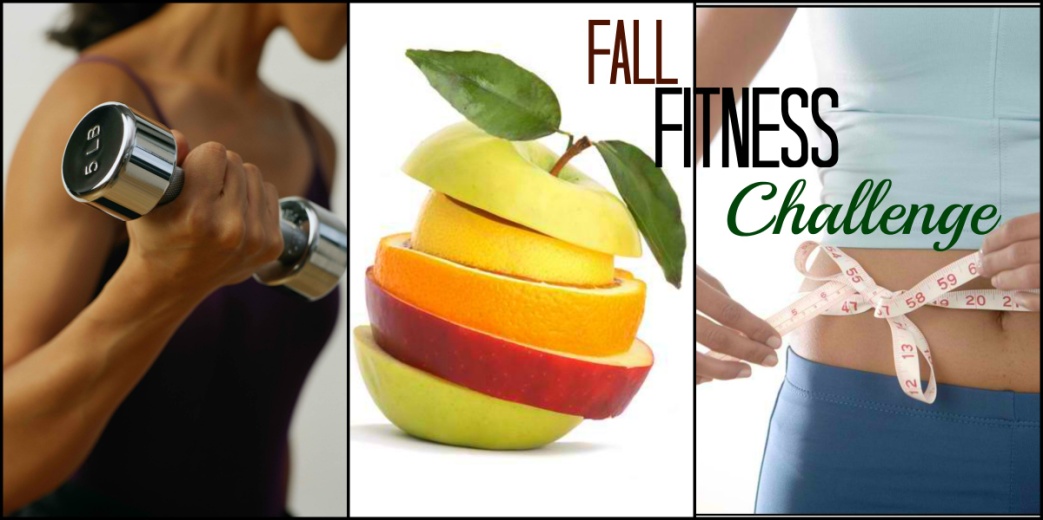 October 1- November 9
October 1- November 9
Join us to challenge your body with our Fall Fitness Challenge 6-week program. It is not too late to sign up!
Challenge Includes:
- Initial Personal Trainer support to establish goals and measure progress
- No extra cost for club members. Bring a non-member friend at no charge.
- Before and after measurements and photos (optional)
- Nutritional information, food, and exercise log
- Post-challenge party on November 16th, hosted by Head Chef Terri Acebo
Personal and Group Training at half price (limited to new participants). Call the front desk today to register…805-239-7397
Fitness corner with Dr. Andre Acebo
Chiropractor and Strength Coach
In recent articles, I've discussed long term youth athletic development. You may remember the pyramid illustration were the foundation is quality nutrition as optimum fuel for the demands of training. Upon this we build up the young athlete with cardio-respiratory work, followed by body weight exercises, progressing to external resistance movements (weights) and finally sports mastery. Keep in mind that this process can take several years and should NOT be rushed.
When done properly, weightlifting is not only safe but extremely effective in developing the all important quality of power. Power or explosiveness (particularly in the hips and legs) is what allows athletes to jump higher and sprint faster or move an opponent. One cannot overstate its importance in sports like football, volleyball, wrestling, tennis, basketball, track & field, baseball, swimming and so on.
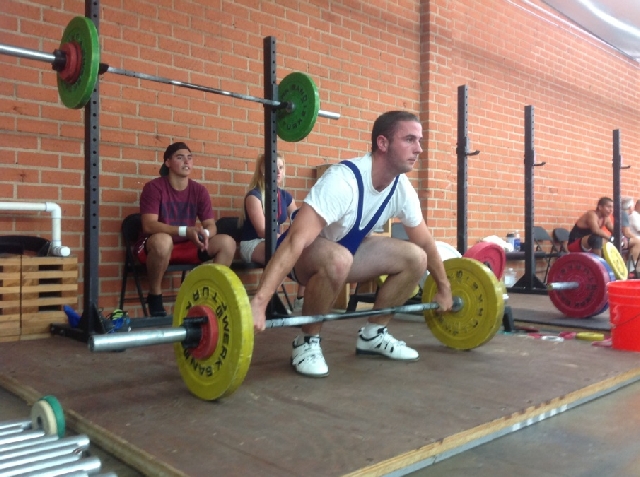 So when is the right time to start weightlifting? Let’s go back to the Pyramid, has the young athlete built a base of endurance, can they move and control their own body weight with good posture and mechanics doing things like pushups, sit ups, pull ups, hand stands, bear crawls, tumbling and the like? And is there a qualified coach in close supervision? Physiologically, a child as early 10 years old can start to learn weight lifting technique, usually starting with a PVC pipe. Of course there are other factors to consider as well, such as mental maturity, motivation and parental involvement.
So when is the right time to start weightlifting? Let’s go back to the Pyramid, has the young athlete built a base of endurance, can they move and control their own body weight with good posture and mechanics doing things like pushups, sit ups, pull ups, hand stands, bear crawls, tumbling and the like? And is there a qualified coach in close supervision? Physiologically, a child as early 10 years old can start to learn weight lifting technique, usually starting with a PVC pipe. Of course there are other factors to consider as well, such as mental maturity, motivation and parental involvement.
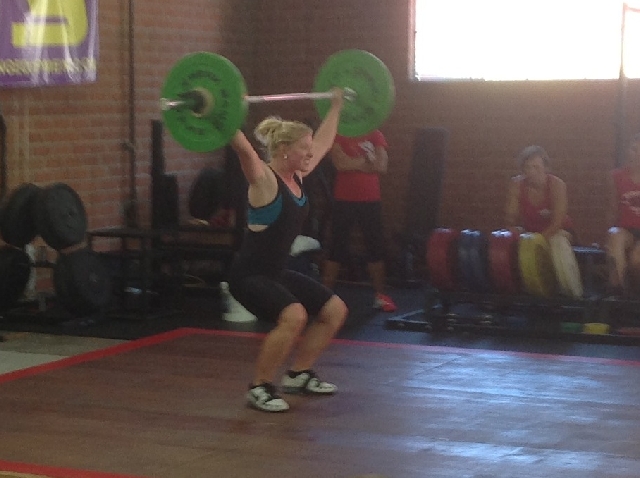 At our club we start working with kids as young as 3 years old. Balance, climbing and discovery are the first steps of lifelong fitness. As they progress up the pyramid, we play games and fun challenges to develop their growing bodies. By 12 to 14 years old they can enter into more formalized training. Unlike many other activities, weightlifting (aka Olympic lifting, due to its worldwide participation and inclusion in every Olympic Games since their inception!) is both a training tool and a widely enjoyed sport for both men and women of all shapes and sizes. Men as little as 120 lbs or more and women at 100 lbs or more can compete in USA Weightlifting sanctioned meets all the way up to the national level and even be selected for our Olympic team!
At our club we start working with kids as young as 3 years old. Balance, climbing and discovery are the first steps of lifelong fitness. As they progress up the pyramid, we play games and fun challenges to develop their growing bodies. By 12 to 14 years old they can enter into more formalized training. Unlike many other activities, weightlifting (aka Olympic lifting, due to its worldwide participation and inclusion in every Olympic Games since their inception!) is both a training tool and a widely enjoyed sport for both men and women of all shapes and sizes. Men as little as 120 lbs or more and women at 100 lbs or more can compete in USA Weightlifting sanctioned meets all the way up to the national level and even be selected for our Olympic team!
 Check out these photos of 5 young club members rock'n the house at a recent meet in Monrovia (3 Gold and 1 Bronze medal!), and have your future stars join our Fit Kids or Weightlifting programs.
Check out these photos of 5 young club members rock'n the house at a recent meet in Monrovia (3 Gold and 1 Bronze medal!), and have your future stars join our Fit Kids or Weightlifting programs.
Yours in health and fitness,
Doc
Pumpkin season is upon us!!
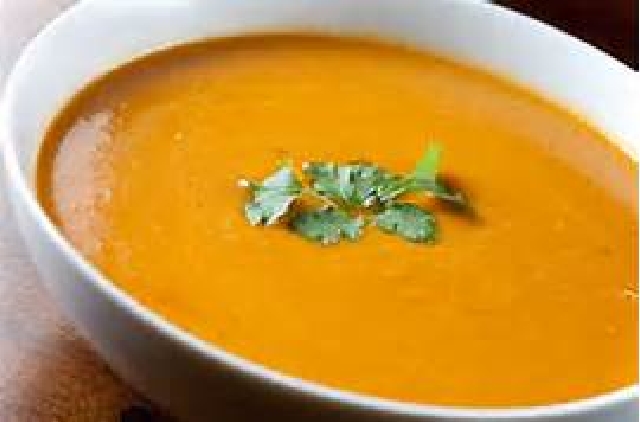 Expect to see some tasty treats on the cafe counter!
Expect to see some tasty treats on the cafe counter!
As the weather cools down and the leaves start falling we will be cooking up some delicious soups to go with our toasty sandwiches.
I would love to hear from you! Write me a little note with your favorite soup and leave it at the front desk. You might see it as a special!
See you in the cafe!


